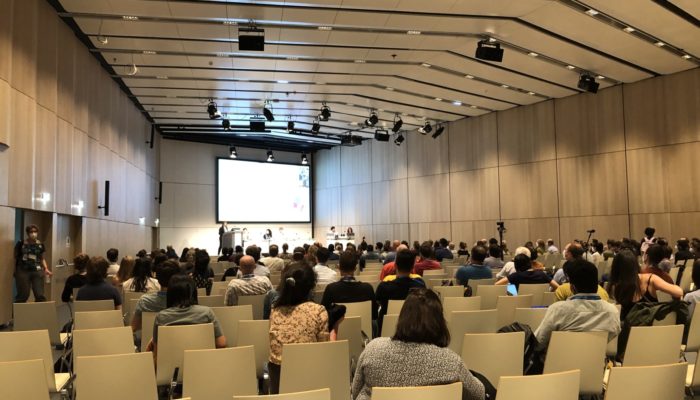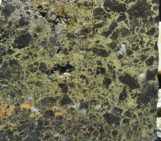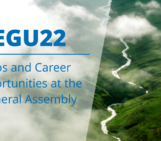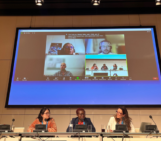
From aiming at globally distributed, but virtually connected conference hubs to live subtitles and translations: never has the scientific conference format been on a trajectory of such abrupt change. What the new format of the coming years will be is still unclear, but it will need fewer chairs and more bandwidth, and should be sensibly ‘green’ and super accessible, suggests Fabio Crameri.
Even though unusually rapid, the current transition of the scientific conference formats was foreseeable. Back in mid-2019, a group of early-career researchers approached Guy Brasseur, AGU Fall Meeting Program Committee Chair and speaker at the Union Symposia. Their request was to revise the concept of the Fall Meeting with the purpose of reducing the carbon footprint. Only a few months later, the COVID-19 pandemic made this suggestion of enabling remote presentations not just advisable, but essential to all scientific conferences in 2020.
This year, I am sitting in the conference room listening to the speaker, who explains that all participants of the 2019 AGU Fall Meeting flew once to the sun and back. This is the first time I am in the same physical room with the speaker separated only by the seventeen rows of chairs between us. He is Milan Klöwer, a Postdoctoral Research Assistant in Climate Physics at the University of Oxford, and coming from a different country and working in a different discipline than I. And yet, I know him professionally and socially better than many of my other peers that I met through repeated in-person conference small-talks.
As a result, I catch myself shaking my head in response to the next comment made during this Union Symposia: “Virtual conferences simply lack the ability to network!”. The connection between Milan and myself is proof that virtual networking can work perfectly fine. There are also other peers that I knew already, but never met in-person before EGU22. The scientific editor with whom I exchanged such professional messages in my pyjamas stopped me on my hasty way to lunch for a relaxed chat. And the peer, with whom I went to eat an over-sized pizza, the day we first met in-person, was actually much taller than I imagined! Indeed, approaching someone virtually, even wearing pyjamas, is, to my introvert self, in many ways easier than walking up, unintroduced, to someone who is calmly sipping a free conference coffee.
No other tool than a simple (but reliable) chat platform seems necessary for such successful virtual networking. And indeed, as is also repeatedly pointed out during the symposium, such a chat was already used during the fully virtual EGU20, during which it supercharged the scientific discussions following the individual scientific presentations. Text chats seem to enable a more generally inclusive way to ask questions to sometimes intimidating speakers.
New conference formats open up new avenues for better accessibility; but they also create new bottlenecks for their organisation. Virtual conferences, for example, are cheaper and have lower registration costs. Hybrid meetings therefore return less income for the organiser but at the same time, need support across two channels, and on two sites, as Martin Rasmussen, Managing Director of Copernicus Meetings, also pointed out during the Union Symposia.
Accessibility is a main concern for creating a future conference format, as was pointed out via the online video screen by speaker Stephanie Zihms, Lecturer in Researcher Development at the University of the West of Scotland. Stephanie reminded us that when conferences went online, diversity and inclusion soared. This time, I nodded, if only to realise that we will inevitably create new barriers to access through a new conference format; ones that we might have not considered yet.
Access does not always look like what we think it will. From here on, let us embrace the flexibility forced upon us as a community in recent years, and use it to make upcoming adjustments for a future of geoscientific conferences that has space for all types of geoscientists. A future that will top them all.
If you have any suggestions or opinions to share on the future of the EGU General Assembly format, please let EGU know in the EGU22 Feedback Survey by latest 30 June 2022.




